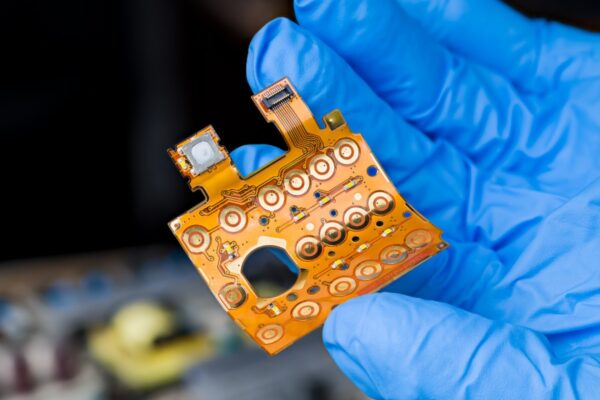What is Flex
Flex, or flexible printed circuit boards, are distinct from rigid boards in that they are made of a bendable, flexible film. A flex PCB is a patterned arrangement of printed circuitry and components that utilizes a flexible base material, sometimes with a flexible cover lay.
Flex PCBs come in different types based on their construction and capabilities.
- The first type is single-sided flexible circuits, which have a single conductor layer on a flexible dielectric film and are printed on one side only. These are commonly used in devices like calculators due to their simplicity and low weight.
- The second type is double-sided flexible circuits, which have conductive traces printed on both sides of a dielectric film, connected with plated through holes. They offer enhanced power-handling capabilities and circuit density compared to single-sided flex PCBs.
- The third type is multi-layer flex circuits, which have three or more layers of conductors. These are more expensive due to their complex construction and are often used in aerospace and military applications.
- Lastly, there are rigid-flex circuits, which are a hybrid between standard flex circuits and rigid PCBs. They incorporate a network of rigid circuit boards with flexible substrates that connect them together. Rigid-flex PCBs are commonly found in commercial electronics and the military sector, where reliability, strength, and flexibility are crucial.
Flex PCBs offer several advantages over rigid PCBs, including flexibility, weight and space savings, increased reliability, and the ability to absorb vibrations. They can be designed with materials suitable for harsh operating environments and can handle high power while maintaining flexibility.





